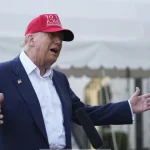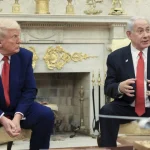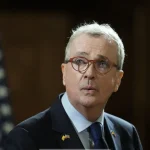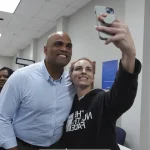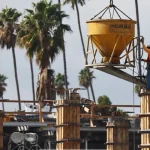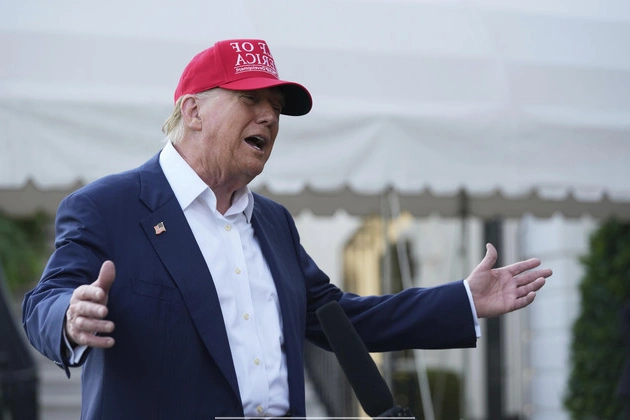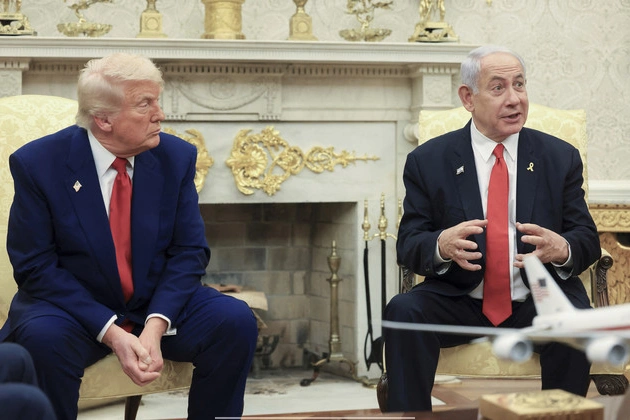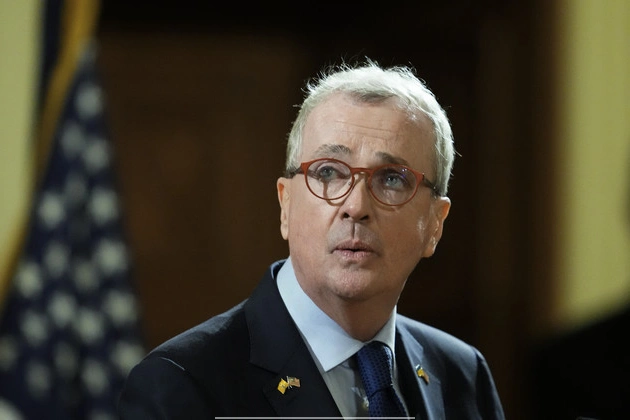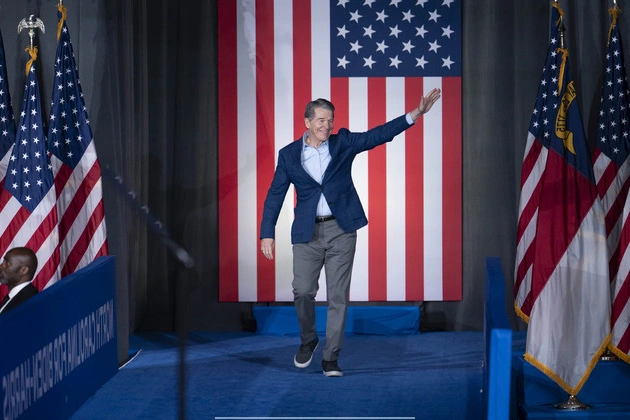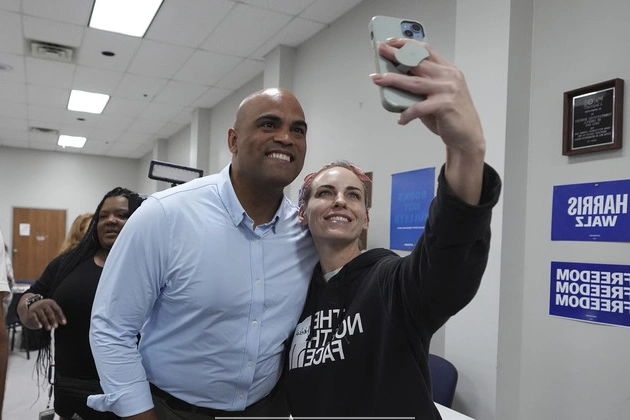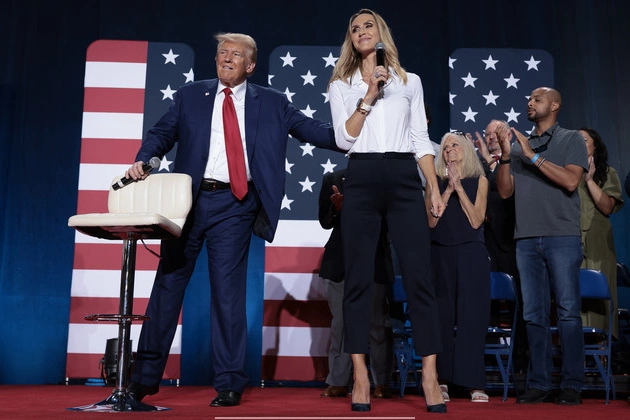
President Donald Trump has chosen to stay grounded in the Oval Office rather than jet-setting across the country in his second term. This shift in travel behavior has implications for his administration’s approach to governance and public engagement.
Reduced Domestic Trips
Compared to his first term, Trump has significantly decreased his domestic travel schedule, opting to decline multiple proposed trips. His decision to forego these journeys underscores a new focus on White House responsibilities and policy implementation.
Effective Leadership from the Oval Office
While Trump’s travel frequency has diminished, White House officials highlight the benefits of his concentrated presence in the Oval Office. They emphasize that Trump’s executive orders and strategic decisions are most impactful when made from the iconic Resolute desk.
Comparative Travel Patterns
An analysis of Trump’s travel patterns reveals a notable contrast between his first and second terms. In the early stages of his administration, Trump’s itinerary has been marked by fewer trips outside of Washington, D.C., signaling a shift in his engagement with states and communities.
Foreign Policy Engagement
Despite reduced domestic travel, Trump has maintained a robust engagement with foreign leaders at the White House. This emphasis on diplomatic interactions underscores the administration’s commitment to global relationships and strategic alliances.
Strategic Travel Planning
Insiders familiar with Trump’s strategy indicate a deliberate approach to travel planning, leveraging Vice President JD Vance and Cabinet members for key engagements. This calculated strategy aims to maximize impact and optimize resource allocation for presidential visits.
Future Travel Outlook
While Trump’s current schedule primarily includes routine weekends at Mar-a-Lago, there are indications of a planned visit to the southern U.S. border within his first 100 days. This prospective trip underscores the administration’s ongoing focus on immigration and border security issues.
Adapting to New Realities
As the world adjusts to evolving circumstances, Trump’s approach to travel reflects a broader shift in political engagement. The strategic alignment of travel plans with policy priorities and public expectations will shape the administration’s narrative in the months ahead.
Overall, Trump’s decision to prioritize White House duties over extensive travel showcases a deliberate shift in presidential style and governance. By concentrating on executive actions from the Oval Office and strategic engagements with key stakeholders, Trump aims to navigate the complexities of his second term with focus and determination.
